Increased Defense Spending
The Electronic Countermeasures Market is benefiting from increased defense spending across various nations. Governments are recognizing the necessity of investing in advanced defense technologies to maintain national security. In recent years, defense budgets have seen a notable increase, with many countries prioritizing electronic warfare capabilities. This trend is particularly evident in regions with heightened security concerns, where nations are compelled to enhance their military readiness. The rise in defense spending is likely to drive demand for electronic countermeasures, as military forces seek to protect their assets from electronic threats. Analysts estimate that the market could grow at a rate of 6% annually, reflecting the ongoing commitment to strengthening defense capabilities.
Rising Geopolitical Tensions
The Electronic Countermeasures Market is experiencing growth due to increasing geopolitical tensions among nations. As countries invest in defense capabilities, the demand for electronic countermeasures is likely to rise. In recent years, military budgets have expanded significantly, with many nations allocating substantial resources to enhance their electronic warfare capabilities. This trend suggests that the market could see a compound annual growth rate of over 5% in the coming years, driven by the need for advanced systems to counteract emerging threats. The focus on electronic countermeasures is not limited to military applications; it also extends to protecting critical infrastructure from potential cyber threats, thereby broadening the scope of the industry.
Emerging Civilian Applications
The Electronic Countermeasures Market is witnessing a shift towards emerging civilian applications. While traditionally associated with military use, electronic countermeasures are increasingly being adopted in civilian sectors, such as telecommunications and transportation. The need to protect critical infrastructure from electronic threats has led to the development of countermeasure systems designed for civilian use. This expansion into civilian applications is expected to drive market growth, as organizations seek to mitigate risks associated with electronic interference and cyber threats. Analysts predict that the civilian segment of the market could account for a significant portion of overall revenue, potentially reaching USD 3 billion by 2028, as awareness of electronic threats continues to rise.
Growing Cybersecurity Concerns
The Electronic Countermeasures Market is increasingly influenced by growing cybersecurity concerns. As cyber threats become more sophisticated, organizations are compelled to invest in electronic countermeasures to safeguard sensitive information and critical infrastructure. The rise in cyberattacks has prompted governments and private sectors to prioritize cybersecurity measures, leading to a surge in demand for electronic countermeasures. This trend is particularly pronounced in sectors such as finance, healthcare, and energy, where the potential impact of cyber incidents can be devastating. Market forecasts indicate that the cybersecurity segment of the electronic countermeasures market could witness a growth rate of approximately 7% over the next few years, underscoring the urgency of addressing these threats.
Technological Advancements in Electronic Warfare
Technological advancements play a crucial role in shaping the Electronic Countermeasures Market. Innovations in radar jamming, signal intelligence, and electronic attack systems are enhancing the effectiveness of countermeasures. The integration of advanced technologies, such as artificial intelligence and machine learning, is expected to revolutionize the industry by enabling more sophisticated and adaptive electronic warfare solutions. As these technologies evolve, they may lead to the development of next-generation systems that can operate in increasingly complex environments. Market analysts project that the adoption of these technologies could result in a market valuation exceeding USD 10 billion by 2027, reflecting the growing importance of electronic countermeasures in modern warfare.
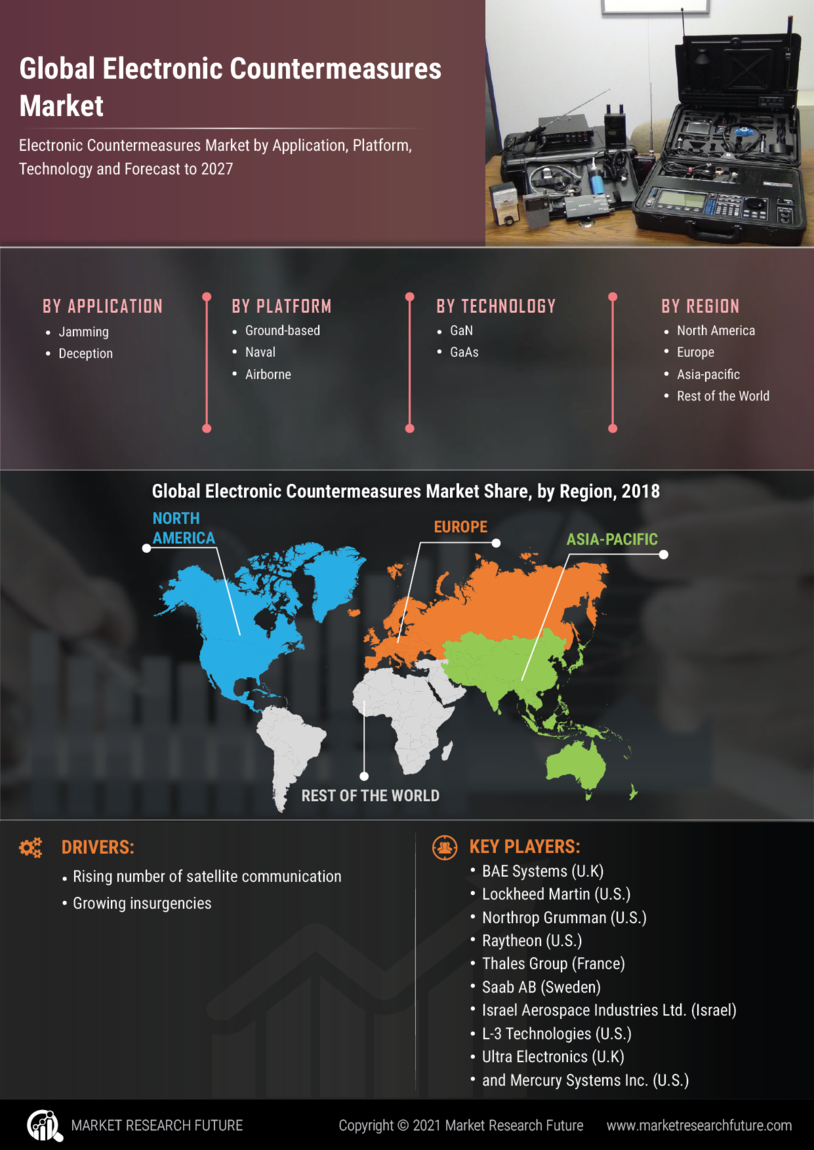

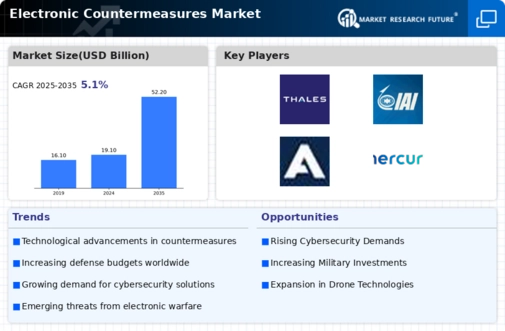
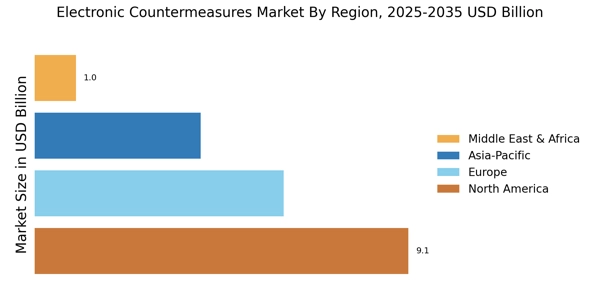
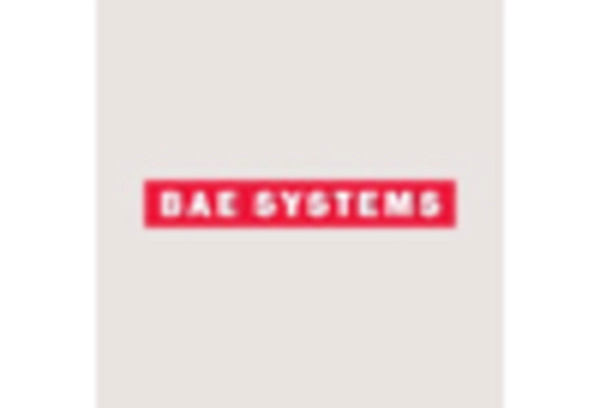
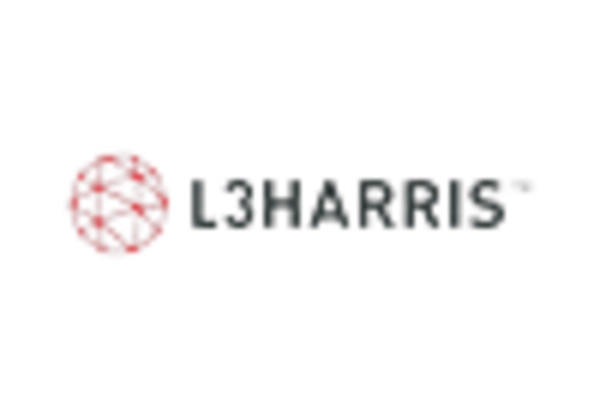

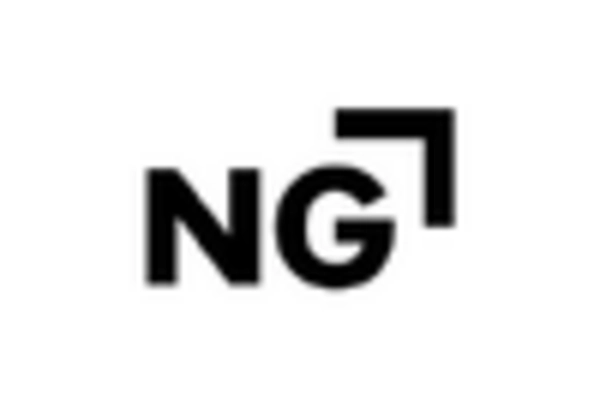
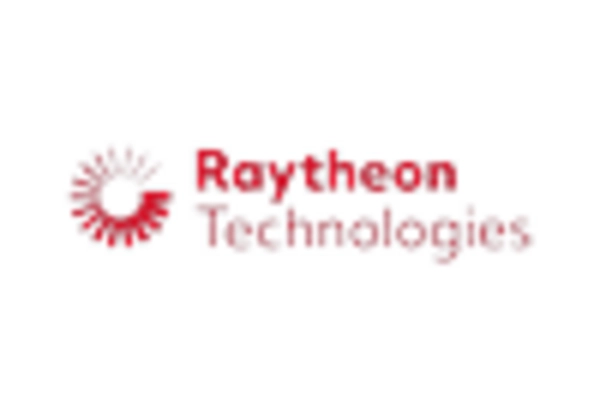
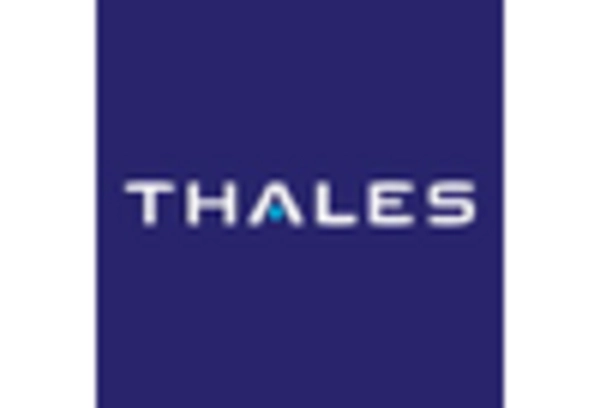








Leave a Comment